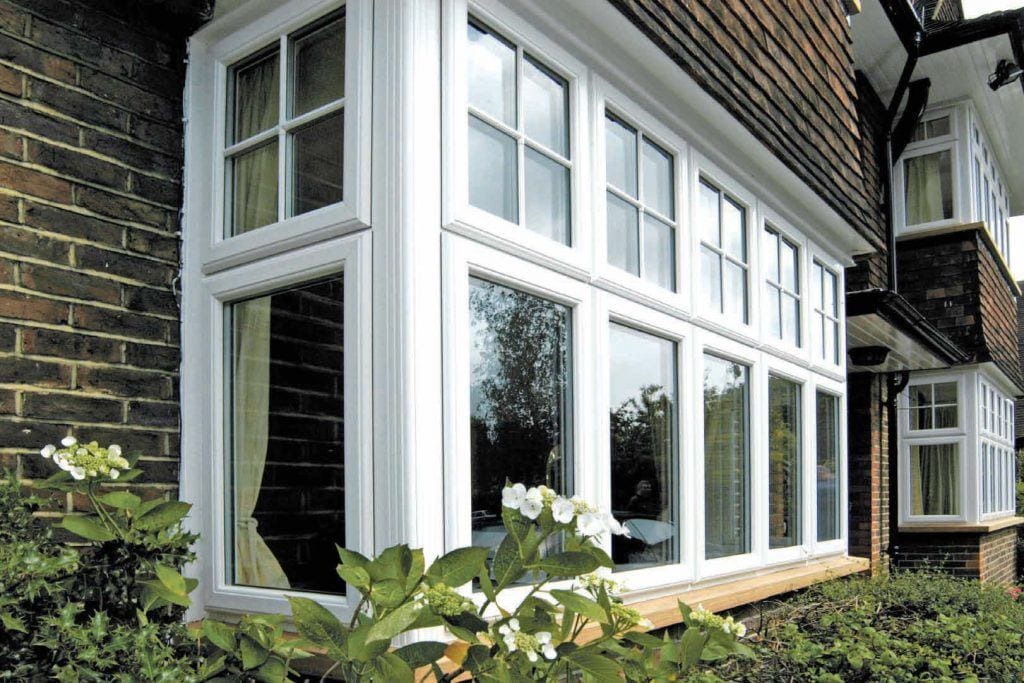When it comes to improving your home’s energy efficiency and comfort, few upgrades can match the benefits of installing double glazed windows.
The Basics of Double Glazing
The term double glazing describes windows that feature two panes of glass separated by a layer of air or gas. This design helps to reduce heat transfer, making your home warmer in winter and cooler in summer.
Today’s double glazed windows also often include low-emissivity (Low-E) coatings, argon gas fills, and advanced frame materials to further enhance performance.
Benefits of Double Glazing
Double glazing has become a popular choice among homeowners, and for good reason. Here are some of the main benefits:
- Say goodbye to high energy bills with the superior insulation of double glazing.
- Enjoy a quieter, more peaceful home environment.
- Double glazing strengthens your windows against forced entry.
- Boost the market value of your property with upgraded windows.
Getting Ready for Double Glazing Installation
Before the installation process begins, consider the following steps:
Begin by identifying the windows or doors you want to upgrade. Focus on single-glazed or drafty windows first.
The next step is selecting the right style and frame material. While uPVC is budget-friendly, timber offers a more traditional look and aluminum provides a sleek, modern finish.
Finding a Trusted Double Glazing Company
Although you may consider tackling it as a DIY project, hiring a professional is usually the best choice.
Choose a company that’s FENSA or CERTASS certified to ensure compliance with building regulations. Request testimonials, browse reviews, and compare pricing carefully.
A trusted company will oversee the full process, from survey to finish.
Step-by-Step Double Glazing Installation
On installation day, the process typically unfolds as follows:
- The team will begin by safeguarding your home’s interior from debris.
- Removal: Old windows are carefully removed without damaging the surrounding structure.
- Installation: The new double glazed units are fitted, aligned, and sealed.
- The final step includes sealing, adding hardware, and cleaning up.
Typically, the work is completed within a day or two, unless it’s a large-scale project.
Troubleshooting Common Issues
Sometimes, unexpected issues can arise during installation. One example is damaged frames or structural problems may be uncovered when old windows are removed.
Qualified installers have the expertise to handle such surprises efficiently. Maintain open communication with your installer to stay aware of any developments.
Aftercare and Maintenance
After the installation is complete, proper care will keep it performing well for years. Wipe down the glass with gentle soap and water to prevent buildup.
Monitor the seals over time to make sure they stay airtight. If condensation appears inside the unit, contact your installer—it could indicate a failed seal.
Keep hinges and locks working smoothly with annual lubrication.
How Double Glazing Helps the Planet
Installing double glazing has environmental advantages as well. By reducing energy consumption, double glazing contributes to fewer greenhouse gas emissions.
Manufacturers increasingly use sustainable materials and practices. Be sure to inquire about the eco-friendly choices available.
Understanding the Investment
Double glazing prices depend on window dimensions, frame materials, and style. Typically, homeowners can expect to pay around £400–£600 per window, with higher-end models costing extra.
Though it’s a considerable investment upfront, the long-term savings on energy bills and the added value to your home often make double glazing a worthwhile upgrade.

Final Thoughts
Upgrading to Double Glazing Installer glazing is a smart move for any homeowner. It improves comfort, boosts efficiency, enhances security, and adds value.
By selecting trusted professionals and caring for your windows, you can enjoy the many benefits of double glazing for years to come.













